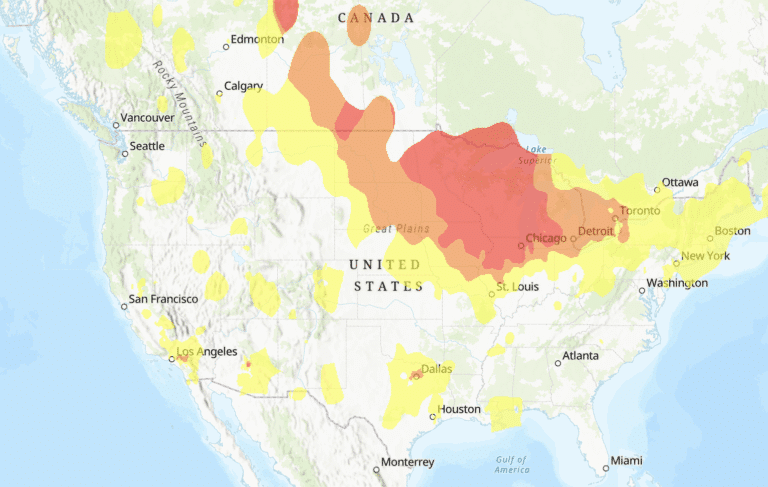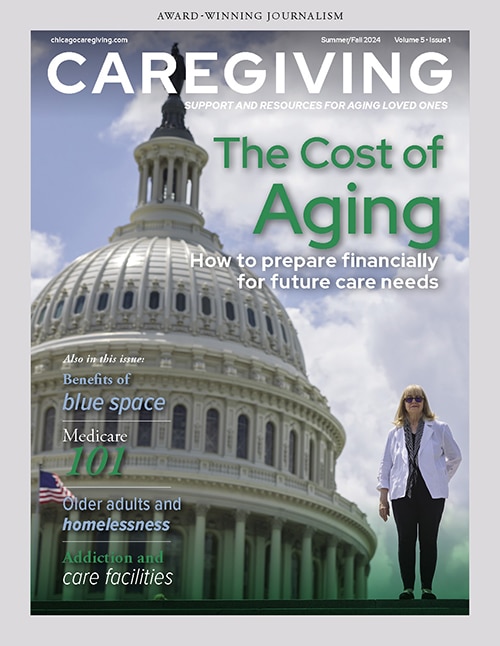A new study, conducted by researchers at the University of Oklahoma, found that women whose water had broken prematurely, and whose babies were breech, had worse health outcomes for both the mother and child than those whose water broke prematurely but whose babies were not breech. This information could be crucial for doctors when they are making decisions about pregnant patients in similar situations.
The findings of this study were presented at the 79th Annual Meeting of the Central Association of Obstetricians and Gynecologists in Chicago on October 18 by the study’s lead investigator Dr. Jean Goodman. Goodman, who is known for her research at the University of Oklahoma, is a Chicago native and joined Loyola University Health System in August, where she is currently serving as division director of Maternal-Fetal Medicine and professor of obstetrics and gynecology at Loyola’s Stritch School of Medicine.
A baby is breech when it has not turned so that its head is aiming at the birth canal at the time of labor. Normally, by the 37th week of pregnancy, the baby has shifted within the uterus to this position; however, four out of every 100 births are breech. And the longer it takes for labor to start after a woman’s water breaks, the greater the risk for infection and other complications.
Goodman’s study evaluated 569 women who had had their water break between the 24th and 34th weeks of pregnancy. She found that the women in this study whose babies were breech were more likely to have low amniotic fluid levels and deliver earlier than those women in the study whose babies were not breech. The study also revealed that the women whose babies were breech were more likely to have a placental abruption, a serious medical condition in which the placental lining separates from the uterus and endangers the health of both mother and child. Babies in breech positions had a higher death rate in utero and a greater occurrence of respiratory distress, life-threatening intestinal issues or death after birth than the nonbreech babies in the study.
“This study provides valuable information for counseling and managing women with such high-risk pregnancies,” Goodman said. “The results validated a large portion of the decisions made by myself and my colleagues [when faced with these high-risk pregnancies] over the last 20 years. Additional research will be necessary to continue to guide our care for these women.”














